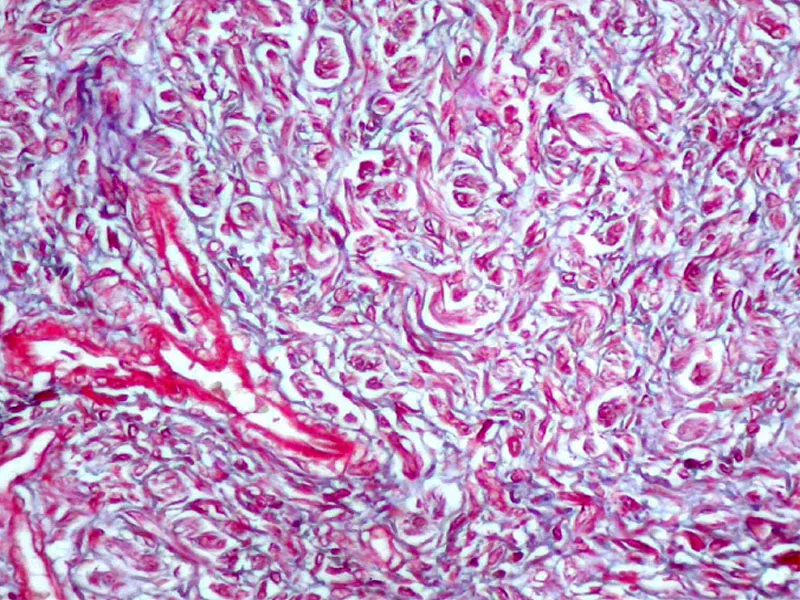Astrocyte intermediate filaments are important markers in olfactory bulb of bovine Herpesvirus type 5 natural infections
DOI:
https://doi.org/10.24070/bjvp.1983-0246.003003Keywords:
Bovine Hespesvirus, BoHV-5, Neuropathology, GFAP, VIMAbstract
Astroglial cells are the most abundant cells in the mammalian central nervous system, yet our knowledge about their function in bovine Herpesvirus type 5 (BoHV-5) has been limited. The aim of this study was to detect by immunohistochemistry assay the reactive astrocytes for glial fibrilary acidic protein (GFAP) and vimentin (VIM), considered intermediate filaments of the cytoskeleton, localized in olfactory bulb from natural acute cases of BoHV-5 infection. All samples were submitted to virus isolation, real-time polymerase chain reaction (RT-PCR) and in situ hybridization (ISH) technique to confirm the virus transcription and respective genome. Samples were classified into four groups according to the severity of histological lesions. Groups III and IV, which histological lesions were classified as alacia, gliosis, satellitosis, neuronophagia and neuronal necrosis, 35% (± 1.8-2.1) of the inflammatory mononuclear cells, corresponded to CD3 positive lymphocytes. In the same group, 35% (± 1.8) of astrocytes were described as reactive to GFAP and VIM proteins. An agreement of r = 1.0 (P<0.0001) was found between histological lesions, intermediate filaments expression, viral DNA and transcription and CD3 lymphocytes. However, samples with mild histological lesions, 10.8 to 14.2% of astrocytes were classified as reactive to GFAP and VIM filaments. Our findings suggest that GFAP and VIM reactive astrocytes, in primary site of virus replication, seems to play an important role in neurovirulence, in spite of many questions concerning the virus immunopathology remains unclear.


